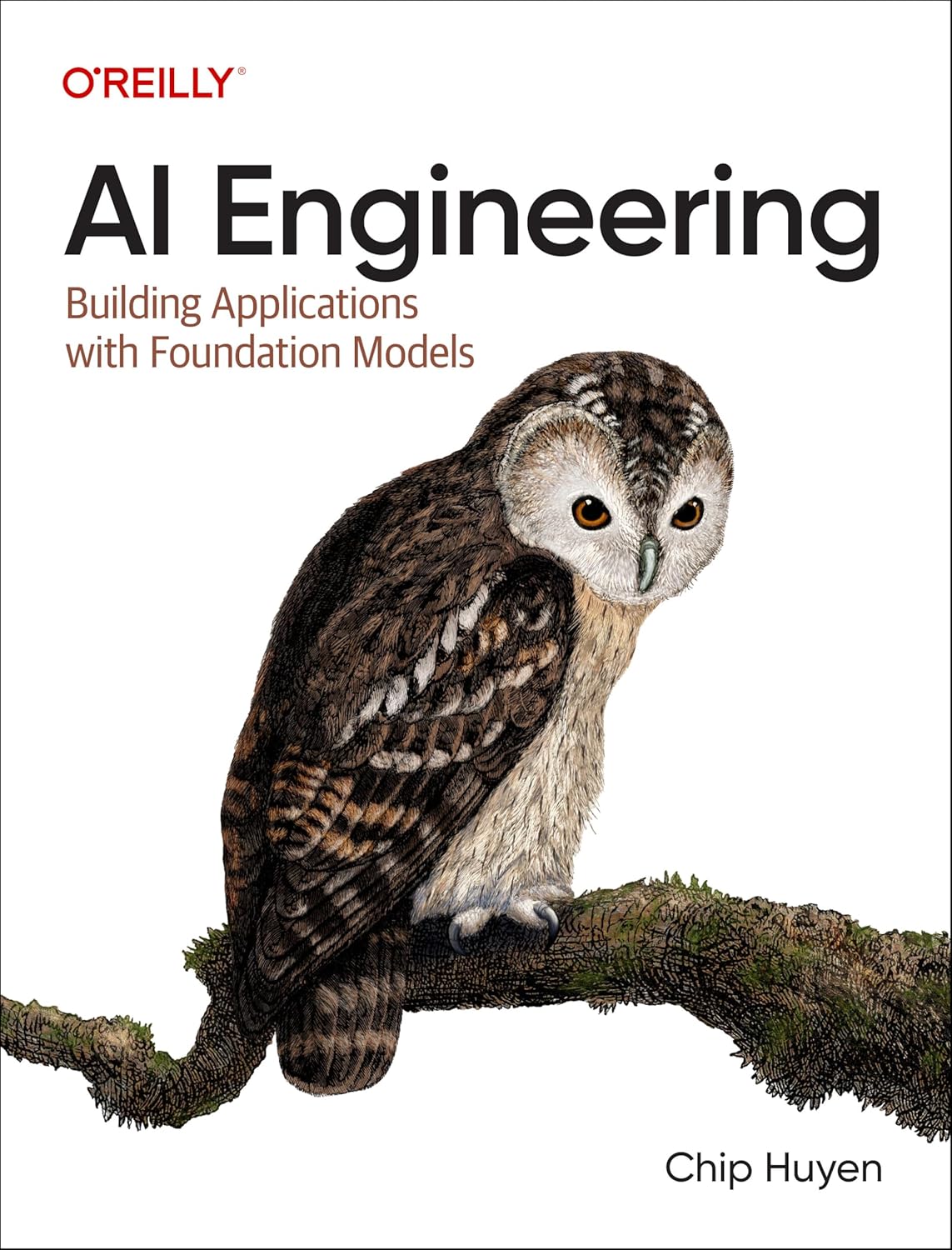Building Applications with Foundation Models
AI used to be that elusive genius in the back of the tech conference, muttering about tensors while sipping lukewarm coffee. Not anymore. Thanks to recent breakthroughs and the rise of model-as-a-service, AI has put on a blazer, learned to network, and gone mainstream. These days, even your cousin with a spreadsheet addiction can launch an AI-powered app.
In AI Engineering, Chip Huyen (yes, the one behind Designing Machine Learning Systems) pulls back the curtain on how real-world AI products get built. No PhD required. No mystical jargon. Just practical tools, a clear stack, and smart strategies for making sure your app doesn’t crash and burn in production.
Here’s what you’ll find inside:
- A crash course in AI engineering. Not to be confused with old-school ML engineering. This is all about getting systems into the hands of users, not letting them rot in a Jupyter notebook.
- A guided tour through today’s AI stack, complete with hazards like model drift, latency traps, and overhyped libraries. Chip shows you how to dodge the chaos without breaking a sweat.
- Tips on evaluating open-ended models. Yes, using AI to judge other AI is a thing now, and no, it’s not as weird as it sounds.
- Real-world breakdowns of prompt engineering, Retrieval-Augmented Generation (RAG), fine-tuning, and agent orchestration. Enough depth to keep your brain happy, without dragging you into the void.
You also get Chip’s refreshingly candid take on the messy decisions behind building AI products. What model should you pick? What data should you feed it? When is fine-tuning worth the hassle? How do you stop cloud costs from devouring your runway?
Bottom line: If you’re even thinking about building something with AI, this book is your fast-talking, shortcut-giving, nonsense-cutting companion. It’s here to help you ship faster, smarter, and with fewer late-night debugging disasters.
In the world of AI, it’s not just about who has the best model. It’s about who can get it out the door.

